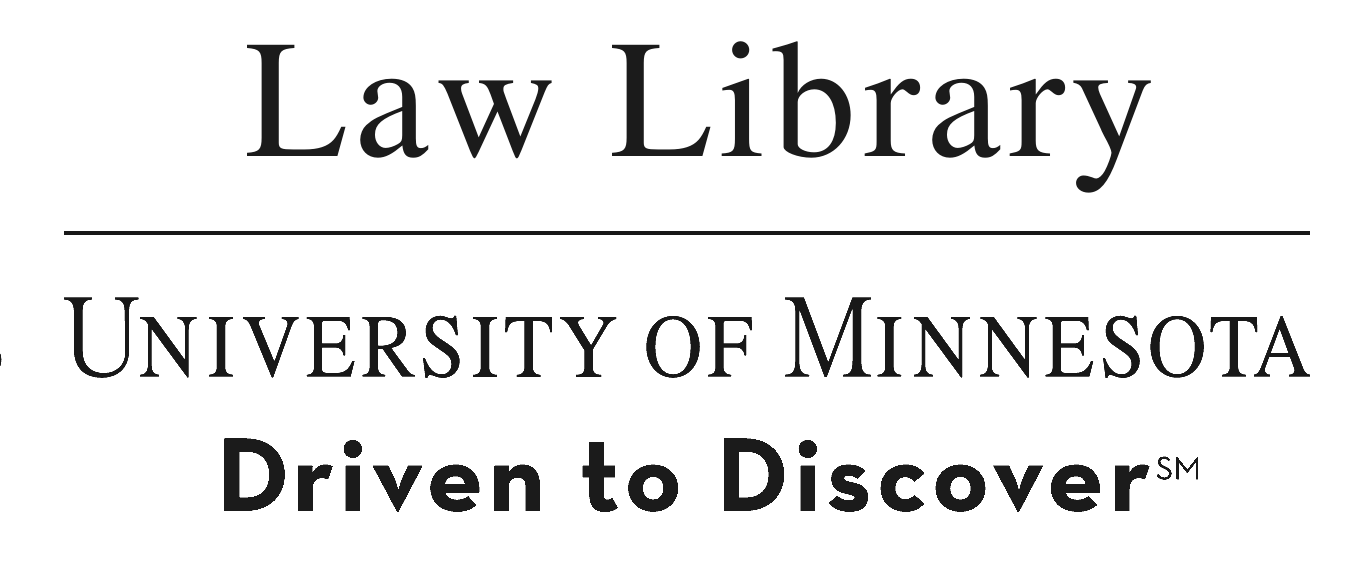Publication Title
Yale Journal on Regulation Bulletin
Volume
41
Page
60
Year
2024
Abstract
As evidenced by the confusion expressed by multiple Justices in last Term’s Gonzalez v. Google, there is little consensus as to the scope of Section 230, the law that broadly immunizes internet platforms from liability for third-party content. This is particularly striking given that no statute has had a bigger impact on the internet than Section 230, often called the “Magna Carta of the internet.”
In this essay I argue that Section 230, despite its simple-seeming language, is a deeply ambiguous statute. This ambiguity stems from a repeated series of errors committed by Congress, the lower courts, and the Supreme Court in the drafting, enactment, and early judicial interpretation of the statute.
This diagnosis, which I lay out in Part I, sets the stage for Part II, in which I consider three potential paths forward for the judicial interpretation of Section 230. In particular, I focus on a novel interpretative approach, by which courts would interpret Section 230 immunity narrowly in order to spur large technology companies to lobby Congress to act, thereby forcing Congress to clarify the scope of platform intermediary liability. But this approach carries substantial risks of disrupting the internet in the time between the judicial reinterpretation of Section 230 and Congress’s response, and thus represents at best an imperfect solution to the legislative and judicial mistakes that attended Section 230’s origins.
Recommended Citation
Alan Rozenshtein, Interpreting the Ambiguities of Section 230, 41 Yale Journal on Regulation Bulletin 60 (2024)
Rights
http://rightsstatements.org/vocab/InC/1.0/


